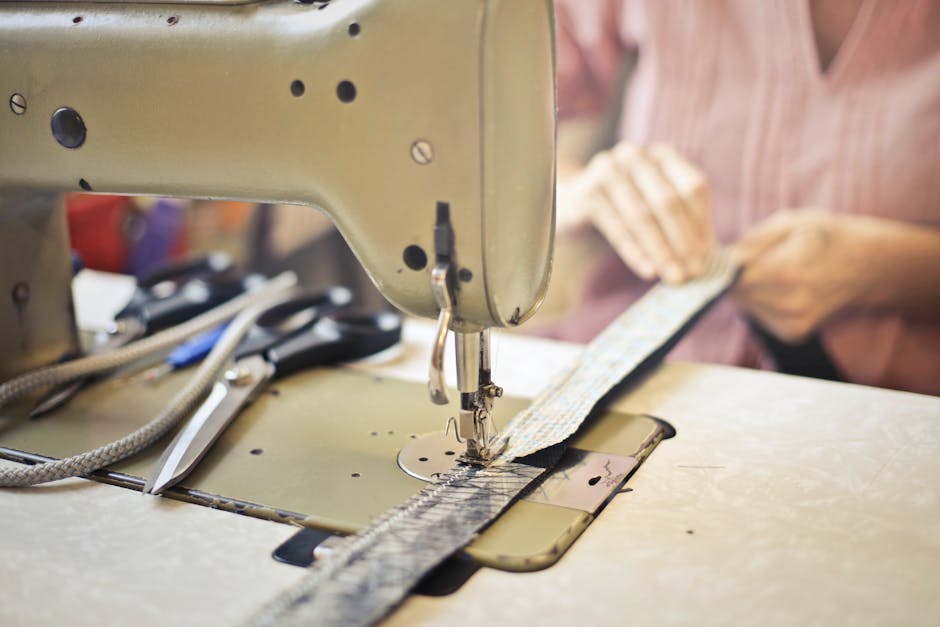Posted on April 02 2024

History of Kimonos
Kimonos have been worn in Japan for centuries, serving as a traditional garment that symbolizes the country’s culture. Originally, kimonos were handmade using silk and adorned with intricate patterns representing various meanings, such as social status and seasonal changes. These garments were passed down through generations, showcasing exquisite craftsmanship and attention to detail. The evolution of kimonos has seen modern influences blending with traditional designs, resulting in a beautiful fusion of the past and the present.
Traditional Kimono Designs
Traditional kimono designs are rich in symbolism, often featuring motifs like cherry blossoms, cranes, and waves. Each design carries a specific meaning or represents a cultural aspect. Cherry blossoms, for example, symbolize beauty and the transient nature of life, while waves can signify strength and resilience. The intricate patterns and vibrant colors used in traditional kimono designs reflect a harmonious blend of history and artistry in Japanese culture.
Modern Interpretations of Kimonos
Designers are adding contemporary elements to traditional kimonos to create modern interpretations. Bold patterns, vibrant colors, and innovative fabrics are being used to revamp the classic garment. Some designers are incorporating western-style silhouettes alongside traditional Japanese motifs to appeal to a wider audience. This fusion of old and new showcases the versatility of kimonos in today’s fashion world.
Crafting Process of Unique Kimonos
Kimonos are crafted with intricate care and attention to detail by skilled artisans. The crafting process involves selecting high-quality fabrics, designing patterns, and sewing each piece together meticulously. The traditional techniques passed down through generations are combined with modern innovations to create one-of-a-kind kimonos that blend tradition with contemporary style. Natural dyes are often used, and each design is carefully considered to reflect the wearer’s personality and the occasion it will be worn for. The craftsmanship involved in creating unique kimonos ensures that each garment is a work of art, embodying the timeless beauty and elegance of Japanese culture.
Materials Used in Kimono Making
Silk has been the traditional material for making kimonos, known for its elegance and luxurious feel. However, modern kimono makers also use other fabrics like cotton, polyester, and synthetic fibers to cater to different preferences and budgets. The choice of material can affect the kimono’s texture, weight, and overall look. It’s common for kimonos to be adorned with intricate designs and patterns using techniques like dyeing, embroidery, and weaving, adding to their beauty and cultural significance.
Artistic Techniques in Kimono Design
Japanese artisans use various techniques to create intricate patterns and designs on kimonos. Some common artistic techniques include yuzen dyeing, embroidery, and shibori tie-dyeing. Yuzen dyeing involves hand-painting vibrant colors onto the fabric, while embroidery adds texture and dimension to the design. Shibori tie-dyeing creates unique patterns through the strategic folding, twisting, and binding of the fabric before dyeing. These techniques blend traditional craftsmanship with modern creativity, resulting in stunning and one-of-a-kind kimonos that reflect a harmonious balance between tradition and innovation.
The Role of Tradition in Modern Kimono Making
Tradition plays a crucial role in modern kimono making. Even in today’s world, where technology and innovation are prominent, traditional techniques and designs are still valued in creating unique kimonos. Skilled artisans incorporate age-old methods passed down through generations to ensure the authenticity and quality of each garment. Maintaining this connection to tradition adds a sense of history and cultural significance to modern kimono making, blending the old with the new to create timeless pieces that honor Japan’s rich heritage.
Unique Kimonos for Special Occasions
Kimonos for special occasions are often meticulously crafted to make a statement. They blend traditional artistry with a touch of modern flair, creating a unique garment that stands out. These kimonos are designed to be worn during significant events such as weddings, tea ceremonies, or traditional celebrations, adding a touch of elegance and cultural significance to the occasion.
Kimono Fashion Trends
Kimono fashion trends are a beautiful blend of traditional elegance and modern flair. Styles like bold patterns, floral motifs, and contemporary twists on classic designs are gaining popularity. Layering kimonos or mixing traditional garments with modern pieces is a trend to watch out for. Experimenting with colors and innovative accessories are also becoming more prominent in kimono fashion.
Bridging the Past and Present: Unique Kimonos in Contemporary Culture
In contemporary culture, unique kimonos serve as a bridge between the traditional and modern worlds. Designers blend time-honored craftsmanship with modern aesthetics to create kimonos that honor tradition while appealing to current styles. The intricate patterns, vibrant colors, and high-quality materials used in these kimonos reflect a deep respect for the past while embracing the creativity of the present.


